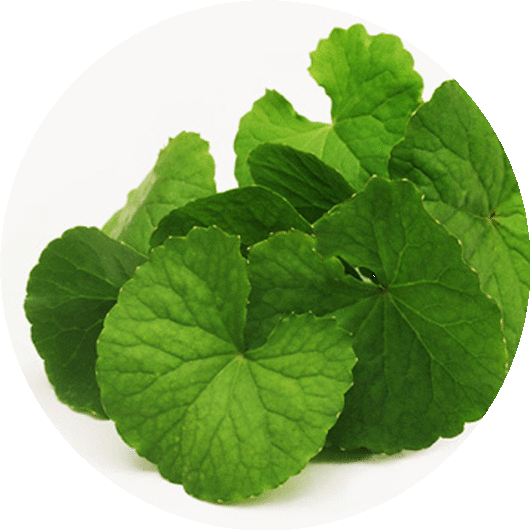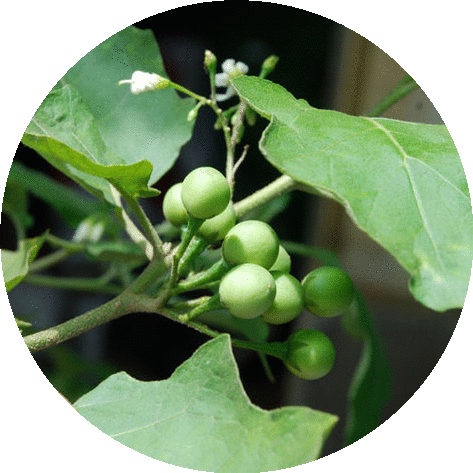 Centella asiatica
Centella asiatica
Part Used
Aerial
Systems
Nervous; urinary; skin
Actions
Adaptogen; alterative; anti-inflammatory; anti-rheumatic; bitter; connective tissue builder; diuretic; nervine tonic; peripheral vasodilator; vulnerary
Traditional Uses
A revitalizing herb that strengthens nervous system function and memory; brings stimulation to the brain, while being a relaxing nervine to other areas of the body. Used in skin conditions and wound healing to speed up collagen formation; increases antioxidant levels within the wound in early stages of tissue repair. Promotes the repair of connective tissue – hair, nails – and the treatment of burns and scars.
 Rumex crispus
Rumex crispus  Artemisia vulgaris
Artemisia vulgaris  Ginkgo biloba
Ginkgo biloba 


